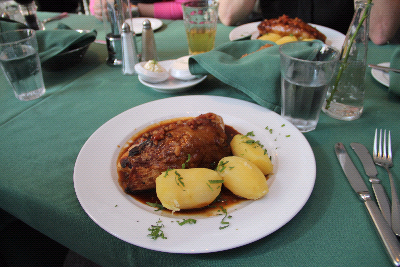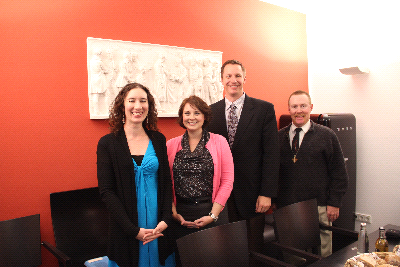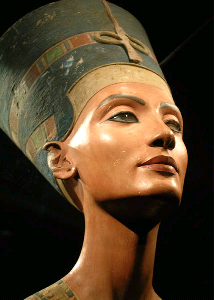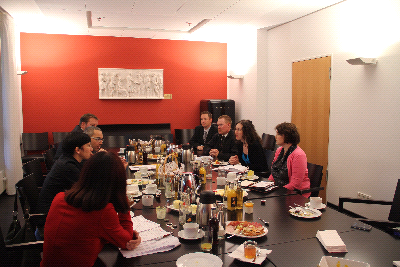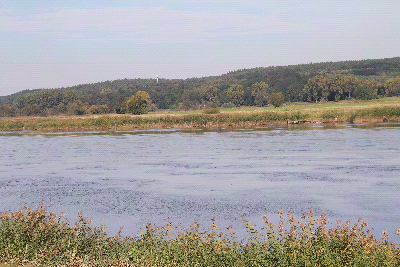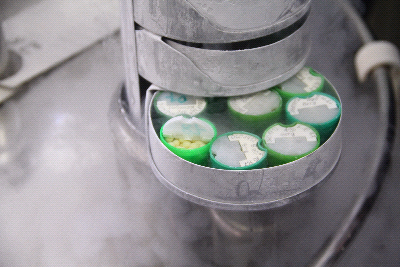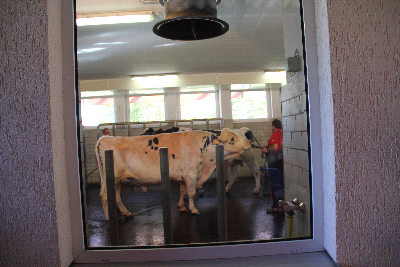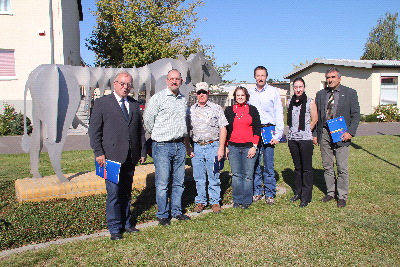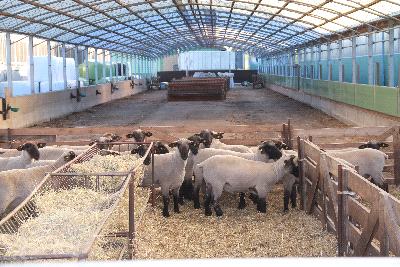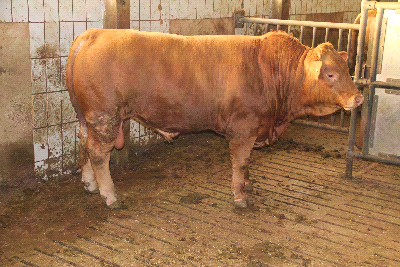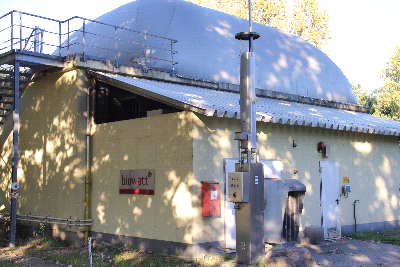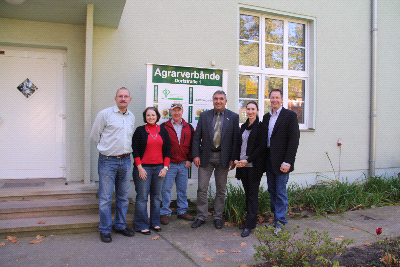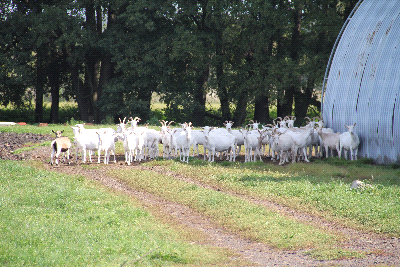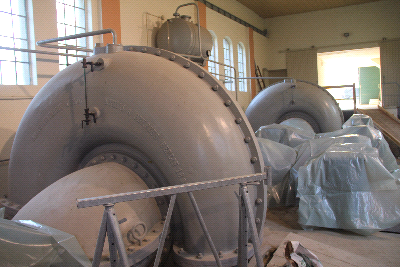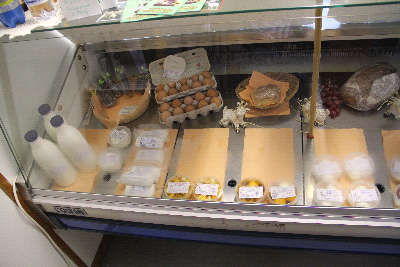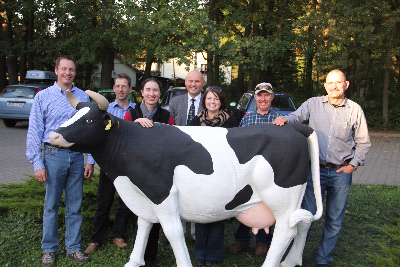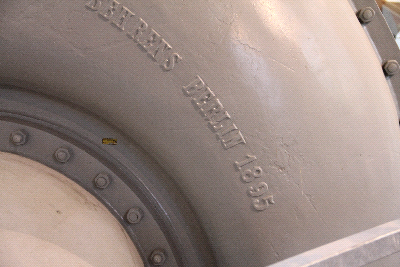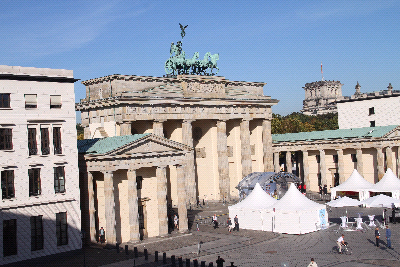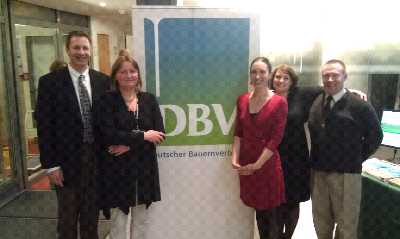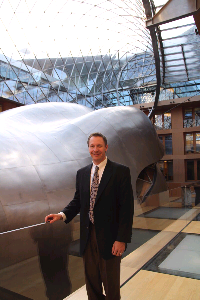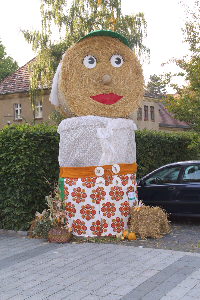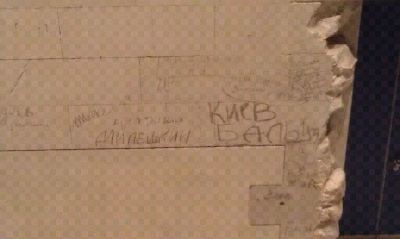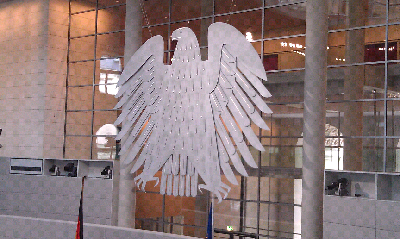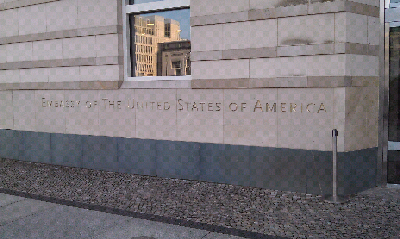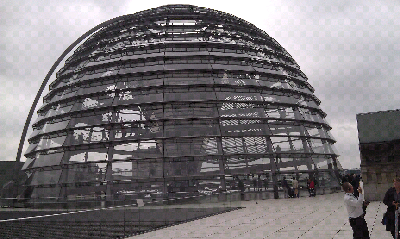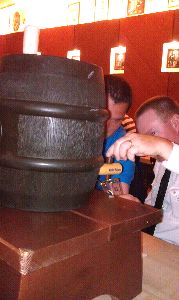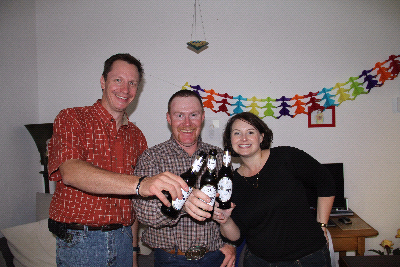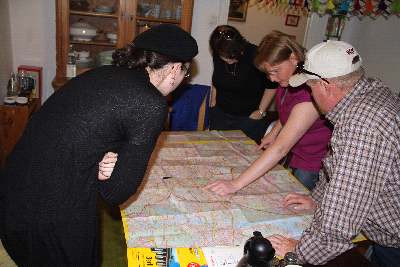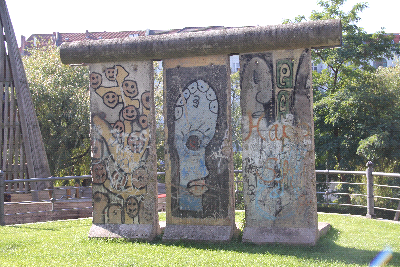We started the day at the DVB, which is a farmers organizaiton similar to Farm Bureau. The DVB staff were holding their weekly staff meeting to discuss current issues, DVB political decisions and activities.
We then met with the CDU (largest party, conservative), FDP (3rd largest party, conservative) and the green party (furthest left, and newest, fastest growing party). We gained a better understanding of the complicated German political system, which mixes mulitple paty control, with a parliament government. And, talked about various agricultural issuess, such as animal housing standards, animal welfare, direct payments to farmers and genetically enhanced crops, to name a few. We had the opportunity to have lunch with Dr. Born, the General Secretary (Executive Director) of the DVB and learn more about their governance. It is very similar to our Farm Bureau structure, with an emphasis on local farmer input. However, their political system is vastly different and requires a different kind of lobbying. When a bill is introduced from the government it can be amended, but not killed. So some consensus must be met on the issue. Dr. Bond also told us about people wanting to get into agriculture can enter an apprecticeship like program, where they gain practical knowlege on the farm at the same time they do classwork. Then they go on to the university if they wish. There are appriximately 50% of the workforce going into agriculture, that does not come from a farm. I enjoyed a traditional German dish of ground pork wrapped and cooked in cabbage with potatoes.
We spend the afternoon with Tiffanie Stephani, who works for the DBV in the Brussels office. She works on policy issues dealing with the EU and its legal authority. She gave us a better understanding of CAP or the Common Agricultural Policy which is the EU subsidy program. In order to particicpate as a farmer you must meet 19 different environmental and production standards. The EU has decoupled payments in recent years, tying the subsidy to the amount of land owned rather than a production based standard. In the EU, 40% of farmers income is being derived from subsidies, with approximately 10% less than that coming from direct payments. The interesting thing is that high direct payments and subsidies has helped increase production. The EU has become a self-sufficient agricultural state, and measures its self-sufficiency annuall. Finally, like in America, there are fewer farmers today, they too are producing more food and fiber than there were 10, 20 or more years ago.
We ended the day with some free time, which several of us chose to go to the Neues Museum. The museum has a vast collection of Egyptian and papyrus artifacts. It also has the second most beautiful woman in the world (first is reserved for Garin), Queen Nefertiti. It was one of the most stunning things I have ever seen. The bust of Nefertiti was in pristine condition, despite being over 3350 years old. AND, it was only a scupltors model for making other replications.
